Comprehensive Guide to Stainless Steel Home Brewery Equipment
Home brewing has experienced a renaissance in recent years, with enthusiasts keen to craft their unique beer creations. At the heart of any successful home brewery is the equipment, and stainless steel stands out as the material of choice for both amateurs and seasoned brewers. This comprehensive guide delves into the advantages, essential equipment, and maintenance tips for stainless steel home brewery gear, supported by relevant data and examples.
1. Why Stainless Steel?
1.1 Durability and Longevity
Stainless steel is widely recognized for its exceptional durability, making it the material of choice for home brewing equipment. Its inherent strength and resilience stem from its unique composition, which typically includes iron, carbon, and a minimum of 10.5% chromium. This chromium content is crucial as it forms a thin layer of chromium oxide on the surface, known as the passivation layer. This layer is what grants stainless steel its remarkable resistance to corrosion and rust. When exposed to oxygen, this protective layer regenerates itself, which means that even if the surface is scratched or damaged, stainless steel can repair itself to maintain its resistance to corrosion.
In contrast, materials such as plastic or aluminum do not possess this self-healing property. Plastic, while lightweight and inexpensive, is prone to scratching, which can lead to bacterial contamination. Over time, these scratches can harbor bacteria and make the material difficult to sanitize thoroughly. Furthermore, plastic can absorb flavors and odors from previous batches, potentially leading to off-flavors in future brews. Aluminum, on the other hand, is more durable than plastic but still falls short of stainless steel's longevity. Aluminum is highly reactive, especially when exposed to acidic substances like beer wort. This reactivity can lead to corrosion and pitting, compromising the integrity of the equipment and potentially imparting unwanted metallic flavors to the beer.
The long-term benefits of stainless steel become evident when considering the lifespan of the equipment. A stainless steel brewing kettle, for example, is an investment that can last for decades with proper care. This longevity is due to its robust nature, which can withstand high temperatures, frequent use, and the rigors of the brewing process without degrading. With regular cleaning and maintenance, a stainless steel kettle can remain in excellent condition for 20 years or more. This is in stark contrast to a comparable aluminum kettle, which, due to its susceptibility to corrosion and wear, may need to be replaced every 5 to 10 years.
Moreover, the durability of stainless steel equipment translates into significant cost savings over time. While the initial investment in stainless steel brewing gear may be higher than that of plastic or aluminum, the reduced need for replacements makes it a cost-effective choice in the long run. For example, suppose a home brewer opts for an aluminum kettle costing $100, which needs to be replaced every 7 years. Over a span of 20 years, this would amount to roughly $300. In contrast, investing in a stainless steel kettle for $200 that lasts 20 years results in a one-time expense, making stainless steel the more economical option over time.
Another important aspect to consider is the resale value of stainless steel equipment. Unlike plastic or aluminum, which tend to degrade in quality and appearance over time, stainless steel equipment retains much of its value. A well-maintained stainless steel brewing kettle, fermenter, or mash tun can fetch a good price on the secondary market, allowing brewers to recoup some of their initial investment if they decide to upgrade or scale down their operations. This potential for resale further enhances the cost-effectiveness of choosing stainless steel.
Beyond the financial implications, the durability of stainless steel also contributes to the consistency and quality of the brewing process. Because stainless steel resists corrosion, there is less risk of contamination from rust or other byproducts that can develop in less durable materials. This ensures that the brewing environment remains clean and controlled, which is crucial for producing high-quality beer. Brewers can rely on stainless steel equipment to maintain the integrity of their brew, batch after batch, without worrying about the equipment failing or introducing unwanted elements into the beer.
The unmatched durability of stainless steel makes it an ideal material for home brewing equipment. Its resistance to corrosion, rust, and wear ensures that it can endure the demands of the brewing process for decades. While the initial cost may be higher, the long-term savings, coupled with the potential for resale, make stainless steel a wise and cost-effective investment for any serious brewer. The ability to produce consistent, high-quality beer with equipment that lasts makes stainless steel the preferred choice for both amateur and professional brewers alike.
1.2 Sanitation and Flavor Integrity
Sanitation is a fundamental aspect of brewing, where even the slightest contamination can spell disaster for an entire batch of beer. The importance of maintaining a clean brewing environment cannot be overstated, as the presence of unwanted microorganisms can lead to off-flavors, spoilage, and the loss of precious time and resources. This is where stainless steel's non-porous surface becomes a significant advantage. Unlike materials such as plastic, which can develop microscopic scratches over time, stainless steel remains smooth and impervious, minimizing the risk of bacteria and other contaminants finding a foothold.
Plastic, commonly used in budget brewing setups, is prone to scratching, particularly when cleaned with abrasive pads or brushes. These scratches, though often invisible to the naked eye, can become breeding grounds for bacteria and mold. Once these microorganisms establish themselves, they can be incredibly difficult to eradicate, potentially leading to recurring issues with contamination. In contrast, the smooth, non-porous surface of stainless steel resists such damage, making it far easier to clean thoroughly and ensuring that any sanitizing agents can effectively eliminate potential contaminants.
Furthermore, stainless steel does not absorb or impart any flavors or odors to the beer, which is crucial for maintaining the purity and consistency of each batch. Plastic, on the other hand, can sometimes retain residual flavors from previous batches, leading to unintended alterations in the taste of future brews. This is especially problematic in more delicate beer styles, where subtle flavor profiles can be easily overwhelmed by off-notes.
Research supports these practical observations, with studies indicating that stainless steel surfaces can reduce bacterial adhesion by up to 60% compared to plastic. This reduction in bacterial adhesion significantly lowers the risk of contamination, allowing brewers to focus more on perfecting their recipes and less on battling potential infections in their brewing process. By choosing stainless steel, brewers are investing in a material that not only enhances the longevity of their equipment but also safeguards the quality and integrity of their beer.
1.3 Heat Conductivity and Control
Stainless steel has excellent heat conductivity, allowing for even heating during the brewing process. This uniform heat distribution is crucial for maintaining consistent temperatures, which is vital for the mashing and boiling stages. Moreover, stainless steel equipment can handle high temperatures without warping or degrading, which is essential for brewing processes that require boiling wort at temperatures above 200°F (93°C).
2. Essential Stainless Steel Brewing Equipment
2.1 Brewing Kettle
The brewing kettle is undeniably the cornerstone of any home brewery, playing a pivotal role in the beer-making process. It serves as the vessel where wort—an essential mixture of water, malt, hops, and other ingredients—is boiled to extract flavors, bitterness, and aromas that define the final beer. The importance of the brewing kettle cannot be overstated, as this step is crucial for sterilizing the wort, concentrating flavors, and driving off unwanted volatile compounds.
Stainless steel brewing kettles are particularly favored due to their durability, heat conductivity, and ease of sanitation. Available in a range of sizes, typically from 5 to 15 gallons, these kettles cater to various brewing scales and preferences. A 10-gallon stainless steel kettle is a popular choice among home brewers, offering an ideal balance between capacity and versatility. This size allows brewers to produce up to 6 gallons of beer per batch comfortably, leaving sufficient headspace to prevent messy boil-overs, which can be a common issue in smaller kettles. The extra capacity also provides flexibility for experimenting with larger or more complex recipes, making the 10-gallon stainless steel kettle a staple in many home brewing setups.
2.2 Fermenter
After boiling, the wort needs to be fermented, where yeast is added to convert sugars into alcohol and carbon dioxide. Stainless steel fermenters offer superior control over the fermentation process due to their ability to be sealed airtight, preventing contamination. Many modern stainless steel fermenters come with conical bottoms, which allow for easy separation of the yeast from the beer, improving clarity and flavor. An example is the SS Brewtech Chronical Fermenter, which features a 7-gallon capacity, integrated thermowell, and a rotatable racking arm for clear beer transfers.
2.3 Mash Tun
A mash tun is an essential piece of equipment in the brewing process, where malted grains are soaked in hot water to extract fermentable sugars, a critical step in creating the beer's base. This process, known as mashing, requires precise temperature control to ensure the optimal conversion of starches into fermentable sugars. Stainless steel mash tuns are highly preferred by home brewers for their exceptional ability to maintain a consistent temperature, which is crucial for achieving the desired enzyme activity and, consequently, the right balance of sugars in the wort.
The effectiveness of stainless steel mash tuns is further enhanced by features like insulation or double-walled designs, which significantly improve heat retention during the mashing process. This ensures that the mash remains within the ideal temperature range for the duration of the process, preventing any fluctuations that could negatively impact the quality of the beer.
Additionally, many stainless steel mash tuns come equipped with a false bottom and spigot, which facilitate the process of lautering. Lautering involves separating the sweet wort from the spent grains, and a false bottom helps to filter out the solids, allowing for a smooth transfer of clear wort to the next stage of brewing. This combination of features makes stainless steel mash tuns a reliable and efficient choice for home brewers aiming for precision and quality in their brewing process.
2.4 Heat Exchanger or Wort Chiller
Once the wort is boiled, it needs to be rapidly cooled before fermentation. A stainless steel wort chiller, often in the form of a coiled immersion chiller, is an efficient tool for this purpose. Stainless steel chillers are corrosion-resistant and easy to clean, ensuring the wort cools quickly without introducing contaminants. A 25-foot stainless steel immersion chiller can cool 5 gallons of wort to below 80°F in about 20 minutes, depending on the water temperature and flow rate.
3. Maintaining Stainless Steel Equipment
3.1 Cleaning
Proper cleaning is essential to maintaining the integrity and longevity of stainless steel brewing equipment. After each use, it’s important to clean the equipment with a non-abrasive cleaner and a soft cloth or sponge to avoid scratching the surface. This helps preserve the smooth, non-porous finish of stainless steel, which is crucial for preventing bacterial buildup and ensuring easy sanitation. Chlorine-based cleaners should be avoided, as they can cause pitting and corrosion, compromising the durability and safety of the equipment. For tougher residues, a soak in a solution of PBW (Powdered Brewery Wash) is highly effective. PBW is specially formulated to break down stubborn organic matter without damaging stainless steel. After soaking, a thorough rinse with clean water ensures that no cleaning agents remain, leaving the equipment ready for its next use. Regular and careful cleaning practices help ensure that stainless steel brewing equipment remains in optimal condition, contributing to consistently high-quality brewing results.
3.2 Sanitizing
Sanitizing is the final step before using any brewing equipment. While stainless steel is easier to sanitize than other materials, it is essential to ensure that all surfaces are free from any potential contaminants. A common sanitizing solution is Star San, an acid-based sanitizer that does not require rinsing and is safe for use on stainless steel. Equipment should be left to air dry after sanitization to prevent recontamination.
3.3 Preventing Scratches and Damage
While stainless steel is renowned for its durability, it is still susceptible to scratches from abrasive materials. These scratches not only detract from the sleek appearance of the equipment but also pose a hygiene risk by providing a place for bacteria to hide and multiply. To prevent this, it is crucial to use non-abrasive cleaning tools, such as soft cloths or sponges, and to handle the equipment with care to avoid unnecessary damage.
Moreover, proper storage is vital to maintaining the integrity of stainless steel. The equipment should be stored in a dry environment to prevent rusting, especially in areas where the passivation layer, which protects against corrosion, may have been compromised. Exposure to moisture in such areas can lead to rust formation, undermining the material's long-term durability. By taking these precautions, you can ensure that your stainless steel brewing equipment remains in excellent condition for years to come.
4. Cost Considerations
Investing in stainless steel brewing equipment can be costly upfront, but the long-term benefits often outweigh the initial expenditure. For example, a basic stainless steel brewing setup (including a kettle, fermenter, mash tun, and wort chiller) can range from $500 to $1,500 depending on the brand and features. However, considering the durability and the reduced need for replacements, stainless steel equipment is a cost-effective choice over time.
Moreover, stainless steel equipment typically has a higher resale value compared to other materials. A well-maintained stainless steel fermenter can retain up to 70% of its original value, even after several years of use, which can be beneficial for brewers looking to upgrade or scale their operations.
5. Case Study: Transitioning to Stainless Steel
Consider the case of a home brewer who initially started with plastic and aluminum equipment. Over time, they experienced issues such as off-flavors due to contamination, inconsistent heat distribution, and the need to replace equipment frequently due to wear and corrosion. After transitioning to stainless steel equipment, they noticed a significant improvement in the quality of their beer, with more consistent results from batch to batch. The investment in stainless steel also reduced their long-term costs, as they no longer needed to replace equipment every few years.
6. Conclusion
Stainless steel home brewery equipment is the gold standard for anyone serious about brewing. Its durability, ease of sanitation, and excellent heat conductivity make it an invaluable investment. While the initial cost may be higher compared to other materials, the long-term benefits in terms of quality, longevity, and cost-effectiveness are undeniable. For both novice and experienced brewers, stainless steel is the key to unlocking the full potential of home brewing.
By carefully selecting, maintaining, and using stainless steel equipment, home brewers can ensure that their brewing process is efficient, sanitary, and capable of producing high-quality beer with every batch.
Products
- Beer brewery equipment
- Craft brewing equipment
- Home brewing equipment
- Microbrewery equipment
- Commercial brewing equipment
- Industrial brewery equipment
- Pilot brewing system
- Brewhouse & Mash system
- Fermentation tank
- Bright / Brite tank
- CIP system
- Beer filling machine
- Pasteurizer
- Hop gun
- Yeast propagation equipment
- Beer concentration equipment
- Carlsberg flask
- Reverse osmosis water filtration systems
- Mobile water treatment systems
- Water Purification Equipment
- WFI equipment
- Purified water tank
- CIP system
- Multi effect water distiller
- Pure steam generator
- WFI tank
- Solution preparation tank
- Tube heat exchanger
- Storage and distribution system
- Liquid preparation system
- Demineralized water system
- Vapour compressor
News & Exhibitions
- Why Beer Concentration Matters: Unpacking the Standard ABV Range
- Why Every Craft Brewer Needs a Pilot Beer Brewing System
- Top 5 Benefits of Using a Pilot Beer Brewing System for Small Breweries
- Setting Up a Microbrewery? Why Turnkey Equipment Might Be Right for You
- How Nano Brewery Equipment is Changing Experimental Brewing: A Deep Dive into Small-Scale Innovation
- Essential Craft Beer Equipment for Starting Your Brewery
- Integrating Smart Equipment into Your Microbrewery
- From Grain to Glass: Building the Perfect Complete Brewing System for Your Home
TAGS
- turkey brewery equipment
- small beer brewery equipment,mini beer brewery equ
- sovereign stainless steel fermenter
- brewing equipment manufacturers uk,home brewing eq
- home brewing distillation equipment
- craft brewery equipment for sale, craft beer equip
- beer brewing equipment
- complete brewery for sale
- Nano brewery equipment, brewing systems manufactur
- 15 gallon jacketed fermenter
- automatically brew equipment,50L Brewing equipment
- dry hops addition
- hops addition gun
- mixing tank manufacturers
- hop additive gun
- pilot brewing system
- Craft beer making equipment for Malaysia
- CIP system
- Microbrewery machine
- professional Cleaning in place equipment
Newest Products
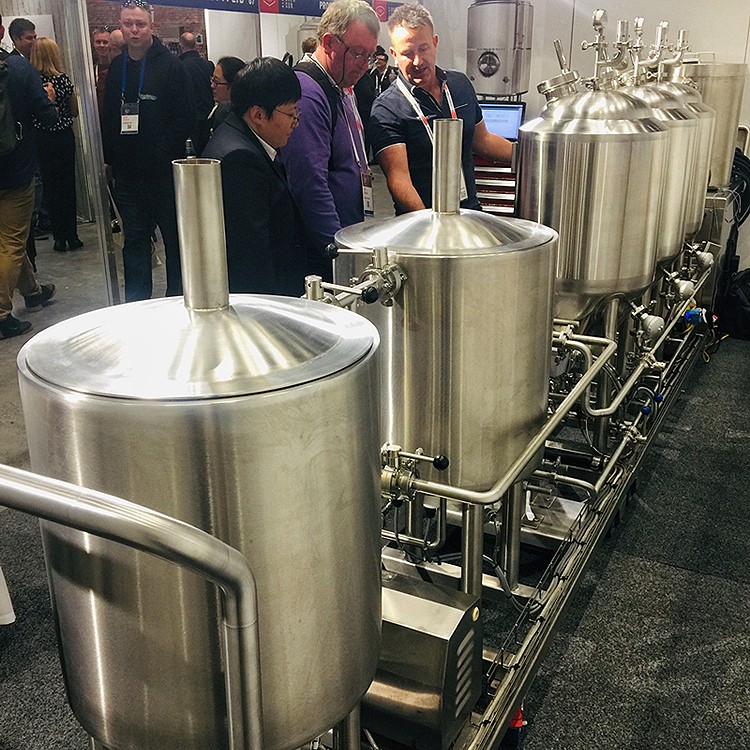
Marketplace home & living lifestyle home brewing d...
The home brewing and distilling market has grown in popularity in recent years, ...
More >>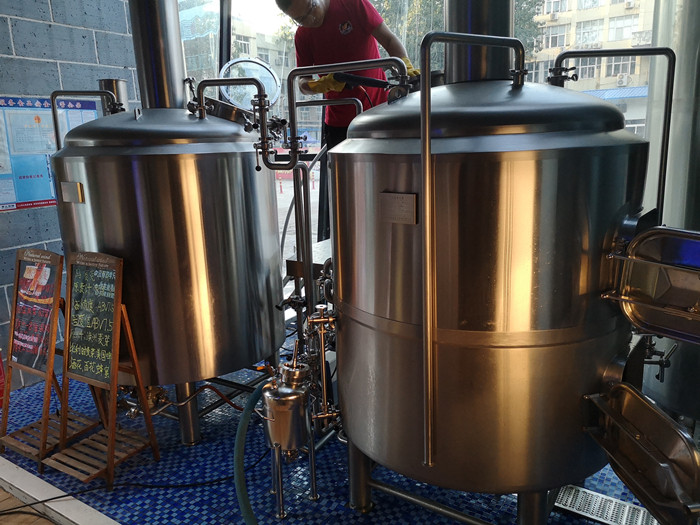
Beer brewhouse and fermentation tanks microbrewery
WEMAC-Main product categories:
Craft Beer equipment,Cider making machine,Beer b...
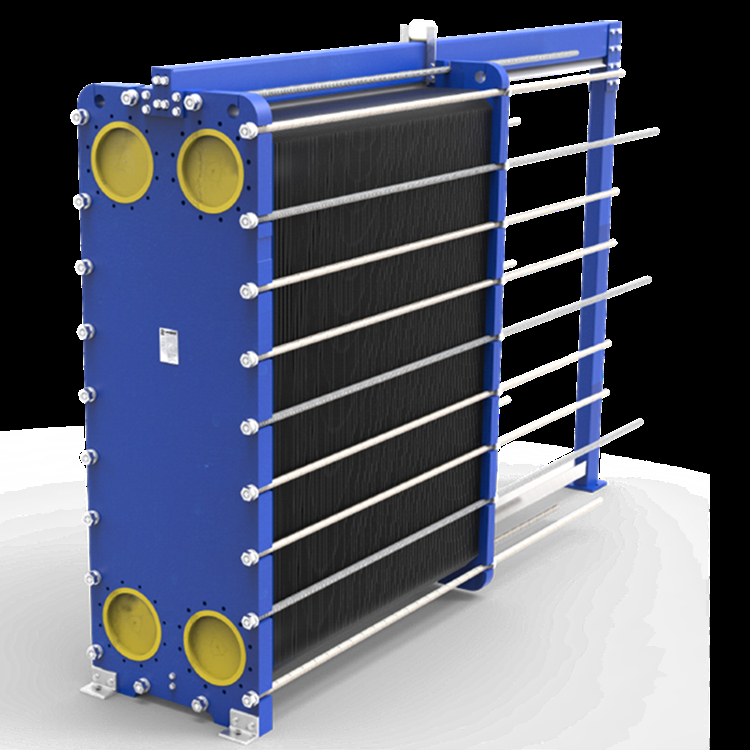
Best plate heat exchanger for beer brewery
The WEMAC plate heat exchanger (PHE) series is extensive, including multiple typ...
More >>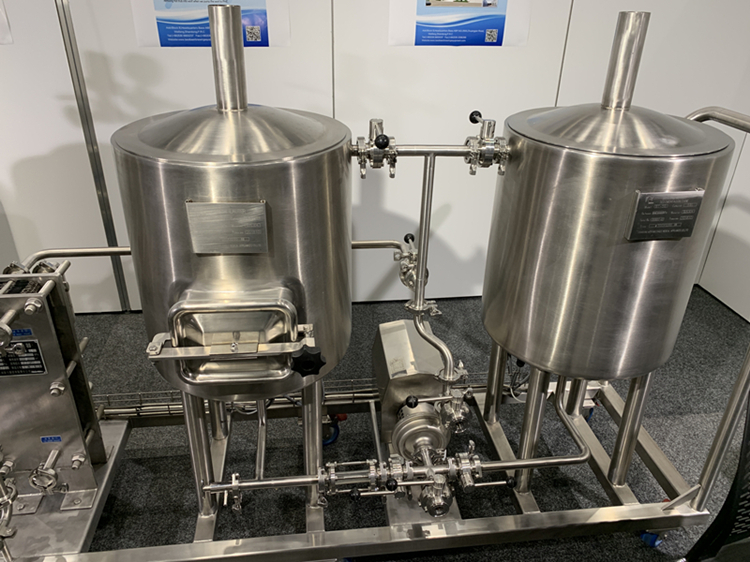
Home beer brew kits brewery equipment
This skid home brewing system is designed for craft brewing amateurs who has bee...
More >>
Top quality fermenter and beer bright tank
Brite or Bright Beer Tanks are also known as Beer Conditioning Tanks or Beer Ser...
More >>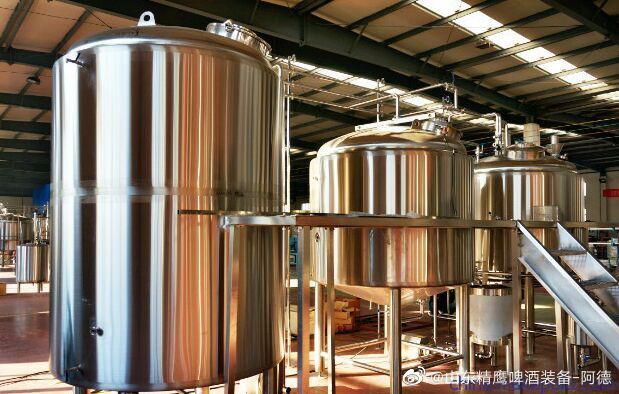
Pro two vessels 5BBL craft brewery in Michigan
Professional beer brewhouse sale well in Michigan state,turnkey brewery services...
More >>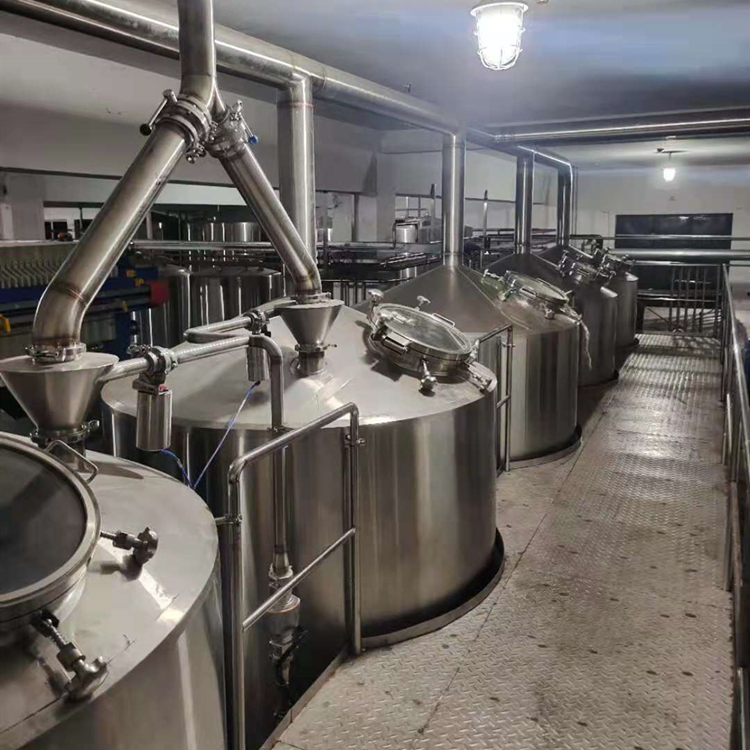
4000L Commercial Beer Brewery Equipment
4000L four vessels craft beer brewing brewery system,gas steam heating,with a be...
More >>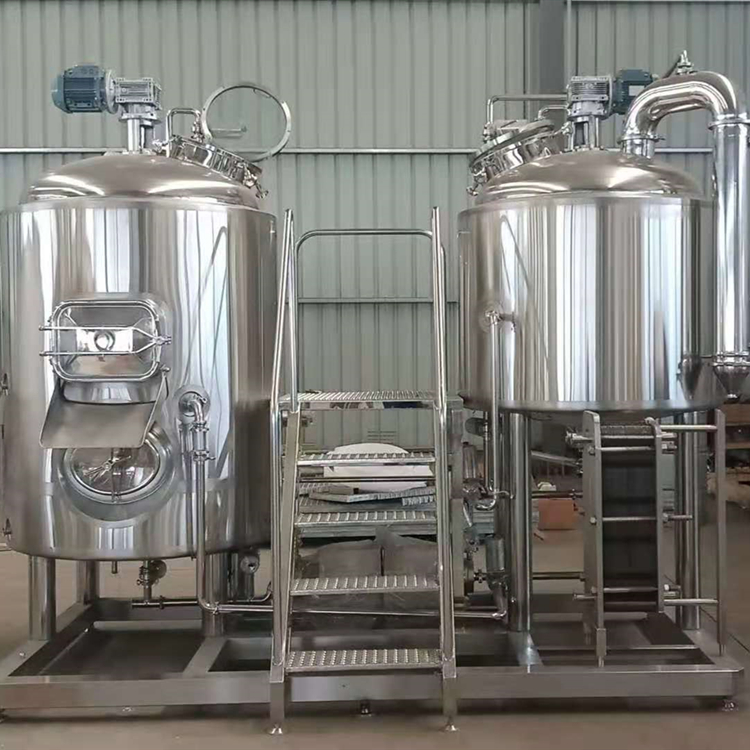
500L Top quality craft beer brewery equipment
Double vessels craft beer brewing brewhouse for sale,mash/kettle tun + lauter/wh...
More >>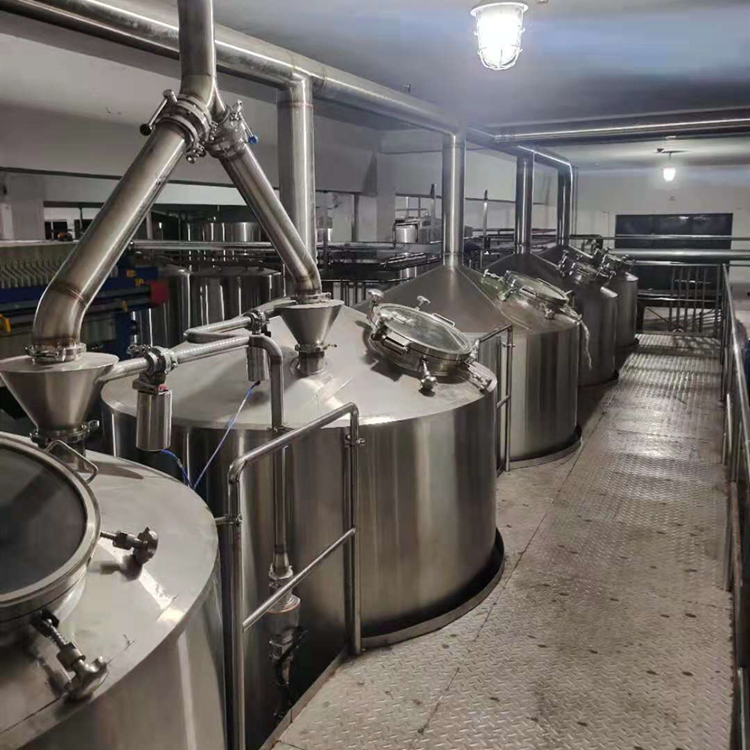
4000L Five vessels turnkey beer brewery
Five vessels craft beer brewhouse system suppliers,Double mash tun+double kettle...
More >>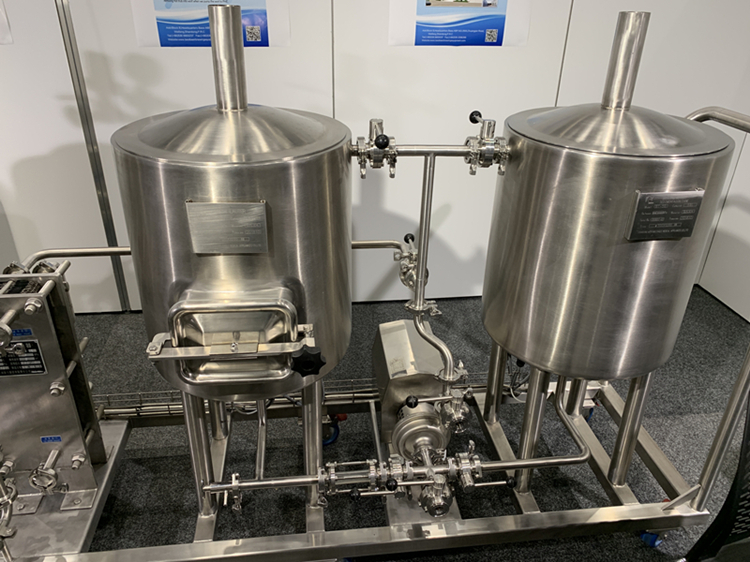
Best 50L home beer microbrewery equipment
Two vessels combination,mash/lauter tun+kettle/whirlpool tun brewery.electric co...
More >>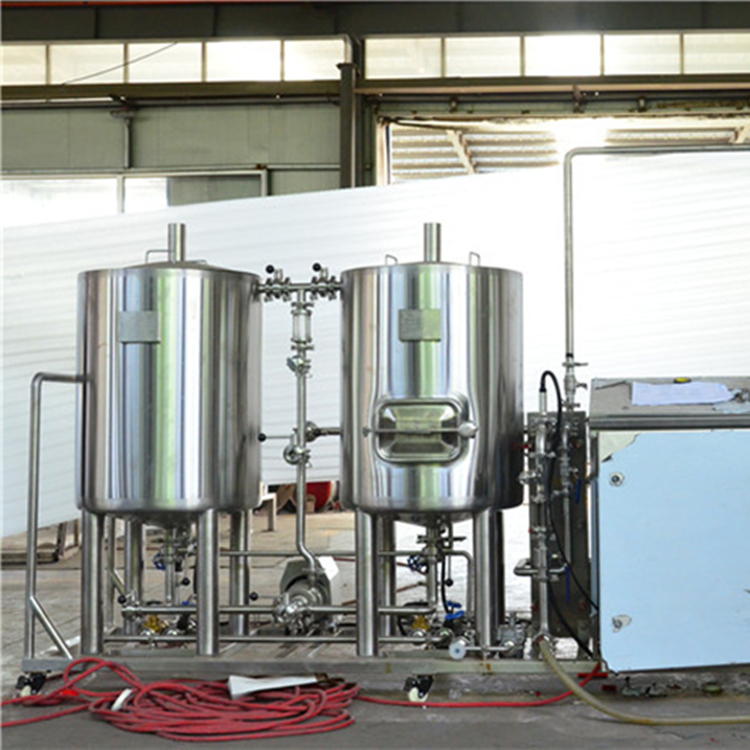
100L beer brewing home microbrewery
Mash/lauter/kettle tun+whirlpool tun,electric coil heating,two stages cooling,pl...
More >>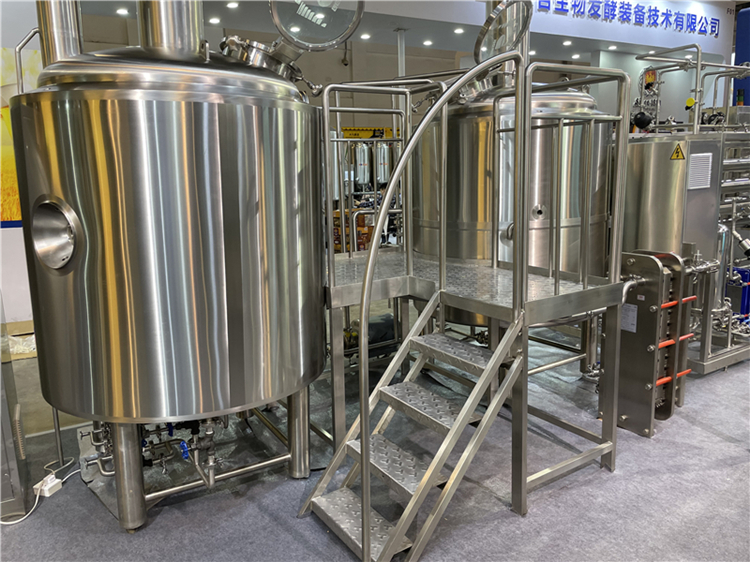
Build me a 1500L beer brewery
mini beer brewery machine from 50L,which is suitable to use in home and family b...
More >>